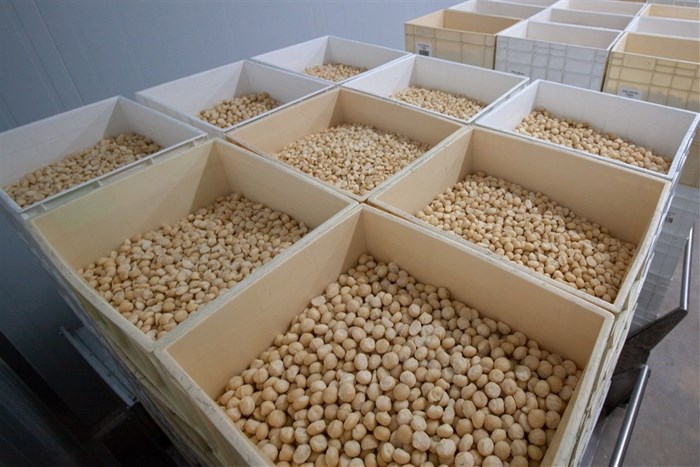
Originating from north-eastern Australia, and first commercialised in Hawaii, macadamia represents only 1% of the tree nut collective – this has tended to position the nut as a delicacy. However, with huge expansion in available supply, this looks set to change. (Almonds represent 30%, walnuts 21%, cashews 19%, pistachios 14%, hazels 12%, pecans 3%, macadamias 1% and brazils and pines less than 1% of the tree nut basket.)
Growing from a relatively small base, the challenge has been to garner enough industry muscle to bring to the fore what makes macadamias so special. Recent research demonstrates that macadamias are, amongst others:
• Highest levels of monounsaturated fat (the good fat) of all nuts.
• High in Omega 7.
• High in palmitoleic acid, well known to the cosmetic industry, is an anti-aging agent.
• Beneficial to weight control and endothelial function.
• Help with insulin regulation, cholesterol and cardiovascular health.
"As trends like veganism, eating organic and preserving the environment continue to gain momentum, we anticipate further expansion of the macadamia industry. This is especially prevalent in the ingredients sector," continues Loader.
This is strongly supported when viewed alongside the multi-billion-dollar market value of all tree nuts. For example, the 2017/2018 supply value (estimated as the tree nut production per its unitary price, customs paid upon arrival) in Europe alone was $42m. This is 36% up when compared over the last 10 years.
Outstanding within this is the market value for macadamias specifically which is up 72%. Consumers can expect to see more macadamias in milk, butter, nut mix drinks, vegan cheeses and as an ingredient in a host of other new products. Macadamia oil is sold mostly into the cosmetic industry for its value to the beauty industry and anti-ageing properties, however increasingly it’s being used in cooking (together with avocado oil, it has the highest smoke point of all oils) and other food applications.
Largest consumers of macadamia kernel are Australia and North America, which together make roughly 50%. Followed by Europe, notably the Netherlands, Germany, the UK, Switzerland and Spain. In Asia, and especially China, the nut is eaten in the shell, and this market consumes the vast majority of the in-shell product.
"We are gearing our business to continue to support this market and have a strong base of loyal customers. Our longevity in the industry affords deep market knowledge. Our network of processors, in a number of major growing regions, enables agility and supply security to respond to market demands," concluded Loader.
The global crop is set to double over the next four years from 211,000mt tonnes in-shell in 2018 to 400.000 in 2022. South Africa is the world leader in macadamia production with 54,000mt tonnes in-shell produced this year. Followed by Australia at 44,500 and Kenya at 32,500.